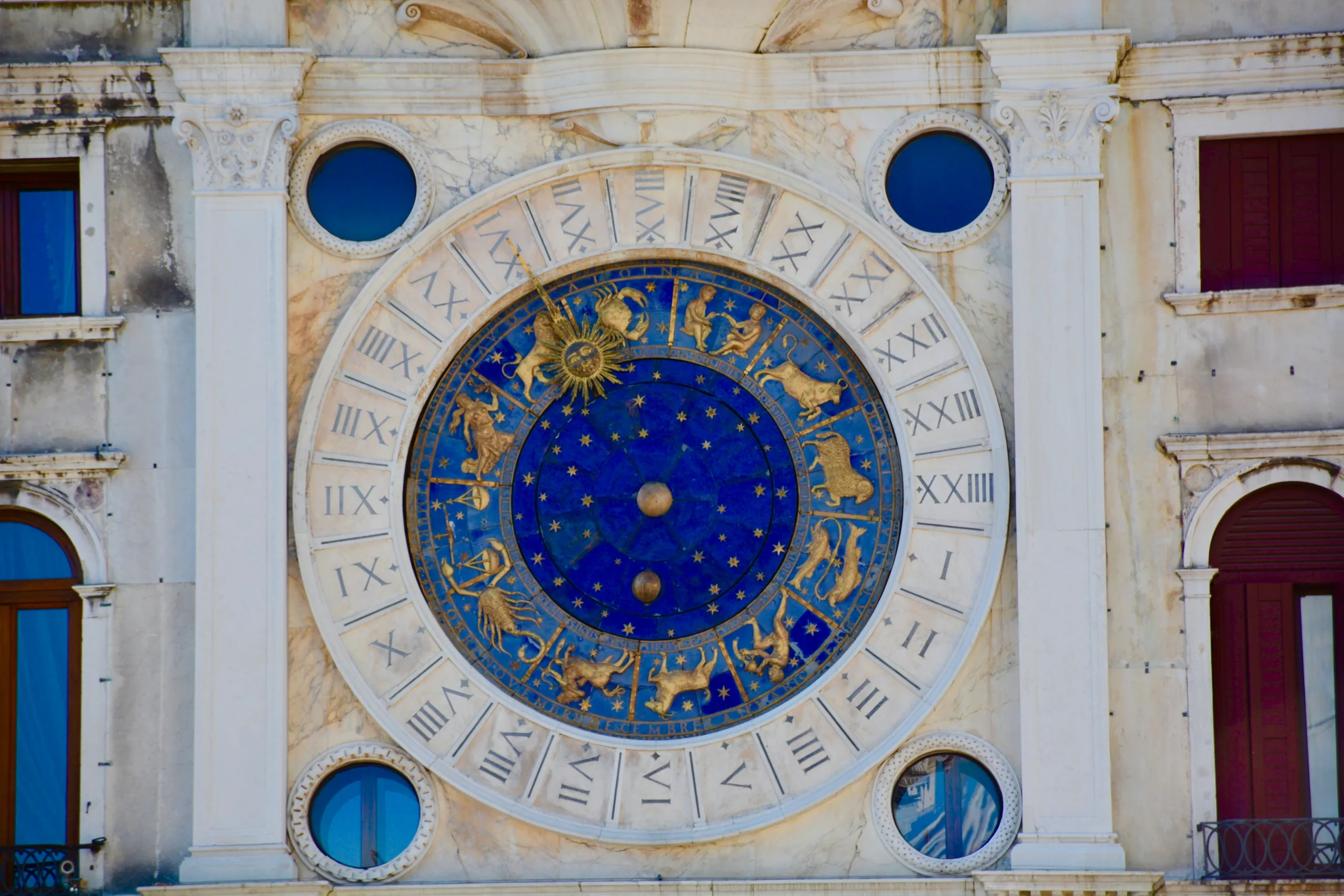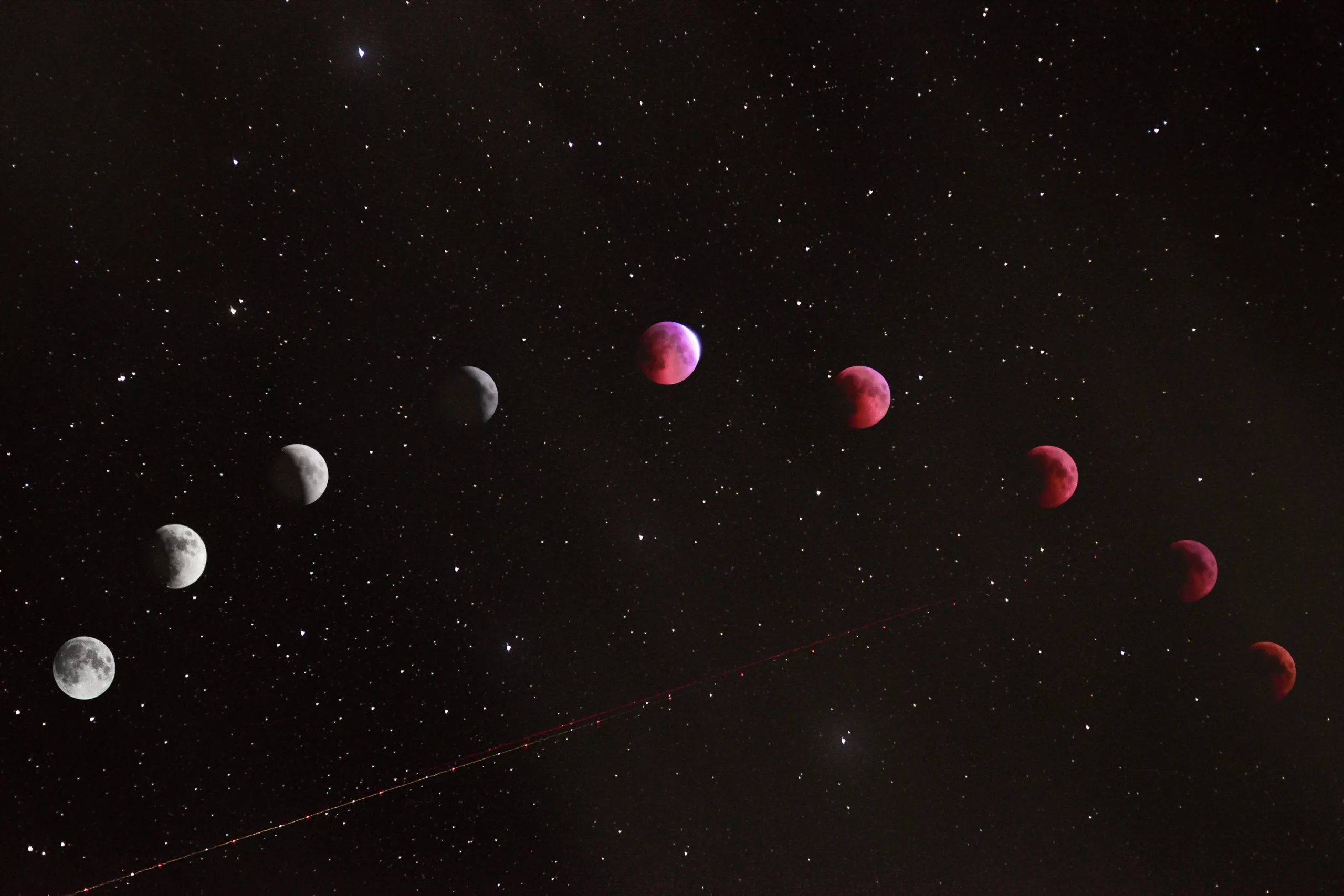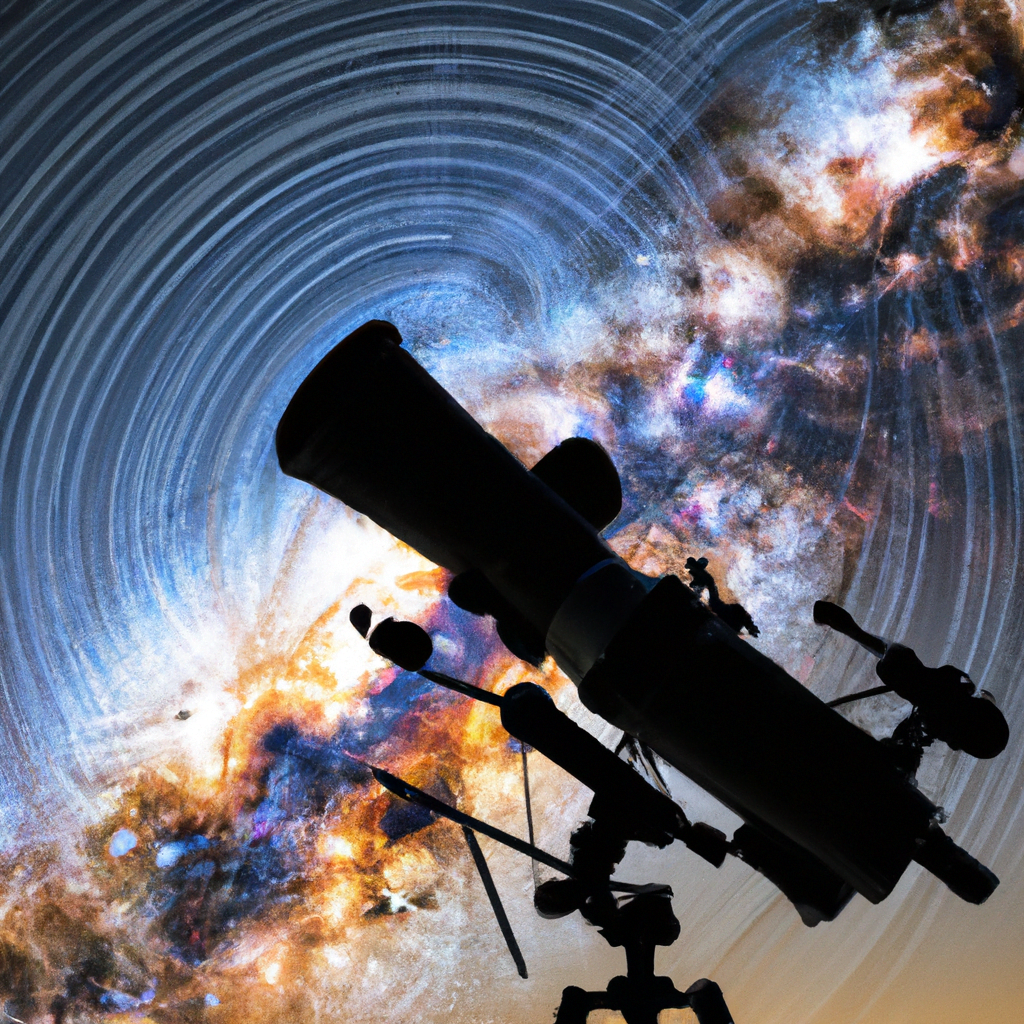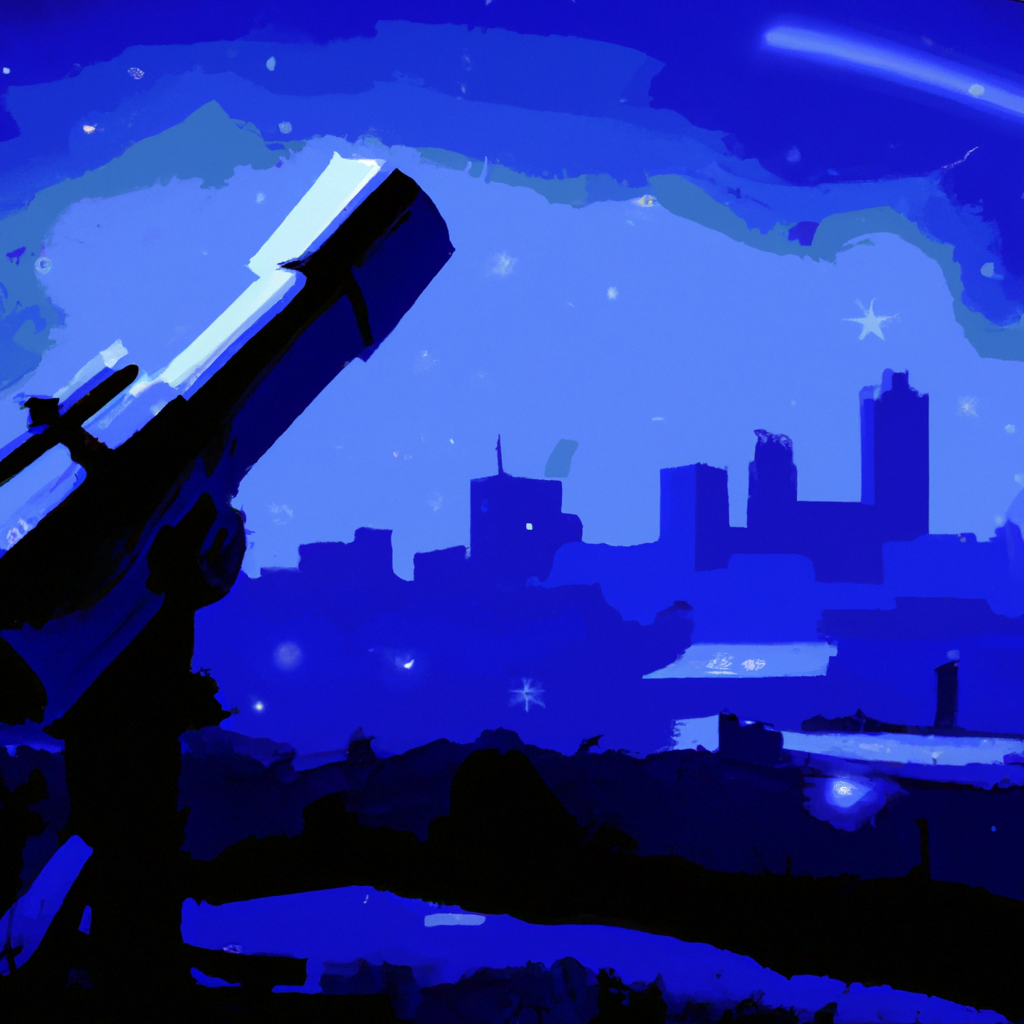Imagine you have finally found the perfect spot for stargazing, away from the city’s bright lights, eager to delve into the mesmerizing beauty of the night sky. But as you settle in, you realize that the impact of light pollution is still hindering your view. Frustrating, isn’t it? Well, fear not! In this article, we will explore some practical tips on how you can reduce the impact of light pollution during your observations, ensuring a clearer and more enjoyable stargazing experience. So, grab your telescope and let’s get started!

Table of Contents
Choosing an Observing Location
Avoiding Urban Areas
When choosing a location for your observation, it is important to avoid urban areas. Urban spaces are notorious for their bright lights, which can significantly interfere with your ability to observe the night sky. The bright lights from buildings, streetlights, and other sources create a sky glow that makes it difficult to see stars and faint celestial objects. Instead, opt for locations away from densely populated areas.
Finding Dark Sky Parks
Dark sky parks are designated areas that are dedicated to preserving the natural darkness of the night sky. These parks are incredibly valuable for astronomers and stargazers as they offer minimal light pollution and excellent visibility. Dark sky parks are carefully selected and managed to minimize artificial light sources. Research and find dark sky parks near your location to ensure the best possible observing experience.
Considering Altitude
Another factor to consider when choosing an observing location is the altitude. Higher altitude areas tend to have clearer and darker skies, providing better conditions for observing celestial objects. If possible, seek out locations at higher elevations to enhance your stargazing experience. Mountains or hilltops are often excellent options for observing due to their increased distance from artificial light sources.
Using Proper Lighting
Using Low-Intensity Lights
When conducting observations at night, it is important to use low-intensity lights to minimize light pollution. Bright lights not only affect your own ability to see celestial objects but can also disturb neighboring observers. By using low-intensity lights, such as flashlights with adjustable settings, you can preserve the darkness of the night sky while still having sufficient illumination for your activities.
Using Red or Amber Lights
Red or amber lights are particularly beneficial for observing as they have minimal impact on night vision. These colors have longer wavelengths, making them less disruptive to both your eyes and the surrounding environment. By utilizing red or amber lights, you can navigate your observing area without compromising the visibility of the night sky.
Directing Lights Downward
To minimize light pollution, it is essential to direct your lights downward rather than allowing them to shine directly into the sky. By angling your lights towards the ground, you can prevent unnecessary light from escaping and contributing to light pollution. This simple adjustment can make a significant difference in reducing the impact of artificial light on the night sky.
Shielding from Artificial Light
Using Light Shields
Light shields are physical barriers that can be used to block the direct view of artificial light sources. By strategically placing light shields around your observing area, you can shield yourself from nearby lights and improve the quality of your observations. Light shields can be made from various materials, such as plywood or foam board, and can be portable or permanently installed.
Building Observatories
For those passionate about stargazing, building a personal observatory can be a worthwhile investment. An observatory provides a dedicated space that is specifically designed to minimize light pollution and maximize the observing experience. By constructing an observatory, you can create a controlled environment that shields you from artificial light sources and allows for unhindered observations.
Using Portable Light Shields or Tents
In situations where building a permanent observatory is not feasible, consider using portable light shields or tents. These can be easily transported to different locations, providing a temporary solution for shielding against artificial light. Portable light shields or tents offer flexibility and allow you to adapt to varying observing conditions while minimizing light pollution.
Minimizing Light Pollution from Nearby Sources
Working with Neighbor’s Light
If you live in an area with nearby sources of light pollution, it may be worth communicating with your neighbors to discuss possible solutions. Diplomatically addressing the issue and raising awareness about the impact of light pollution can encourage your neighbors to make changes, such as utilizing shields or redirecting their lights downward. Building a positive relationship with your neighbors can lead to a collective effort in reducing light pollution in your area.
Using Shields or Fences
When dealing with nearby light sources, such as streetlights or neighboring buildings, using shields or fences can help minimize the direct impact of light on your observation area. By strategically placing barriers between your viewing area and the source of light pollution, you can effectively block or redirect the light, allowing for a clearer view of the night sky.
Repositioning or Redirecting Lights
In some cases, simply repositioning or redirecting lights can significantly reduce their impact on your observations. If you have control over the placement of lights, consider adjusting them to minimize their interference with your observing area. By angling lights downward or positioning them away from your line of sight, you can create a more light pollution-free environment.

Reducing Light Pollution from Ambient Sources
Using Curtains or Blinds
Inside your home, you can reduce the impact of ambient light pollution by using curtains or blinds. These window coverings help block out external sources of light, creating a darker indoor environment. Drawing the curtains or closing the blinds during observing sessions can significantly improve your visibility and reduce the impact of light pollution on your observations.
Installing Light-Blocking Screens
For areas that are particularly prone to light pollution, installing light-blocking screens on windows or other openings can be a practical solution. These screens are designed to filter out unwanted light and can significantly reduce the impact of ambient light pollution. Utilizing light-blocking screens allows you to create a darker indoor space, providing better conditions for observing celestial objects.
Creating Light Barriers
If you have specific areas in your observing location that are particularly affected by ambient light pollution, creating light barriers can be an effective measure. These barriers can be constructed using blackout curtains, cardboard, or other light-blocking materials. By strategically placing these barriers, you can block or redirect ambient light, ensuring minimal interference with your observations.
Making Equipment Adjustments
Using Narrowband Filters
When observing in light-polluted areas, using narrowband filters can greatly enhance your ability to capture specific wavelengths of light while filtering out unwanted light pollution. These filters allow for the isolation of specific emission lines, enabling you to capture images with greater detail and contrast. Narrowband filters are particularly useful for astrophotography, where minimizing light pollution is crucial.
Utilizing Light Pollution Filters
Light pollution filters are specifically designed to reduce the impact of artificial light on your observations. These filters selectively block out certain wavelengths of light that are commonly associated with light pollution, allowing for better visibility of celestial objects. By incorporating light pollution filters into your observing setup, you can enhance the quality of your observations and minimize the effects of light pollution.
Considering Large Aperture Instruments
Opting for large aperture instruments, such as telescopes or binoculars, can also help mitigate the impact of light pollution. Instruments with larger apertures are capable of gathering more light, which compensates for the loss of contrast caused by light pollution. By investing in larger aperture instruments, you can enhance your ability to observe and capture celestial objects, even in areas with higher levels of light pollution.

Educating and Raising Awareness
Promoting Dark Sky Awareness
One of the key ways to combat light pollution is through education and raising awareness. By promoting dark sky awareness, you can inform others about the importance of preserving the night sky and the detrimental effects of light pollution. Encourage friends, family, and community members to adopt light-friendly practices and support initiatives that aim to reduce light pollution.
Supporting Light Pollution Legislation
Supporting light pollution legislation is another significant step in reducing light pollution. Stay informed about local and national policies relating to light pollution and advocate for stricter regulations. By actively participating in the legislative process and supporting initiatives that prioritize dark sky preservation, you can contribute to long-term solutions for reducing light pollution.
Educating Others About Light Pollution
Take the opportunity to educate others about light pollution and its impact on our environment and well-being. Share information, resources, and personal experiences to foster a better understanding of the issue. Engage in conversations, give presentations, or organize events that shed light on the importance of reducing light pollution. By raising awareness and spreading knowledge, you can inspire others to make more conscious choices regarding light usage.
Taking Note of Weather Conditions
Choosing Clear Nights
Choosing clear nights for your observation sessions can significantly enhance your stargazing experience. Cloud cover can scatter and reflect light, contributing to light pollution. Monitor weather conditions and plan your observations on nights with clear skies to maximize your visibility and reduce the impact of weather-related light pollution.
Monitoring Weather Forecasts
Stay informed about weather forecasts to ensure optimal observing conditions. Cloud cover, humidity, and atmospheric conditions can all affect visibility and the extent of light pollution. By regularly checking weather forecasts, you can plan your stargazing sessions accordingly and avoid potential weather-related obstacles.
Planning Observations Accordingly
Understanding weather patterns and planning your observations accordingly can help minimize the impact of light pollution. If you live in an area with frequent clouds or other weather-related challenges, strategize your observation sessions during periods of lower cloud cover or better atmospheric conditions. By being proactive in your planning, you can maximize your chances of clear skies and optimize your observing experience.

Documenting Light Pollution
Recording Observations and Measurements
Keeping a record of your observations and measurements over time can help monitor changes in light pollution levels. Documenting the sky conditions, visibility, and the presence of artificial light sources allows you to track the impact of light pollution and identify patterns or trends. This data can be valuable in assessing the effectiveness of light pollution reduction measures in your area.
Using Sky Quality Meters
Sky quality meters are devices specifically designed to measure the brightness of the night sky. These portable devices provide objective measurements of sky brightness, allowing you to quantify the level of light pollution in your observing location. By utilizing sky quality meters, you can gather accurate data to further understand the impact of light pollution and make informed decisions regarding observing locations and measures.
Sharing Data with Light Pollution Initiatives
Collaborating with light pollution initiatives and organizations can help address the issue on a larger scale. Sharing your observations and data with these initiatives contributes to a collective effort in understanding and mitigating light pollution. By becoming an active participant and sharing your findings, you can contribute to ongoing research and initiatives aimed at reducing light pollution globally.
Using Light Pollution Apps and Resources
Exploring Light Pollution Maps
Light pollution maps are valuable resources that provide visual representations of light pollution levels across different locations. These maps utilize data collected from various sources to present an overview of light pollution levels worldwide. By exploring light pollution maps, you can identify areas with lower light pollution, helping you choose optimal observing locations.
Using Smartphone Apps
Smartphone apps are available that can help you navigate and mitigate light pollution. These apps utilize GPS technology to provide real-time information about nearby artificial light sources and their impact on the night sky. Some apps even offer features such as night vision mode, sky brightness measurements, and light pollution insights, enabling you to make informed decisions and adjust your observing plans accordingly.
Accessing Online Resources
Numerous online resources are available that provide comprehensive information on light pollution, its causes, and potential solutions. These resources offer educational materials, articles, guides, and forums where you can connect with other enthusiasts and experts in the field. By accessing these online resources, you can expand your knowledge and stay up-to-date with the latest developments in the fight against light pollution.
By following these tips and guidelines, you can significantly reduce the impact of light pollution during your observations. Remember, every small effort contributes to a greater cause, helping to preserve the beauty and wonder of the night sky for generations to come. Happy stargazing!

